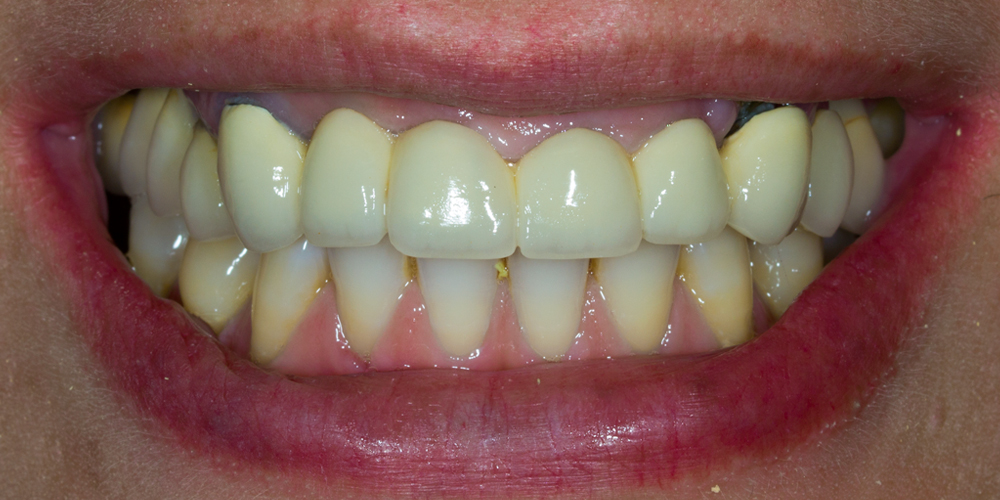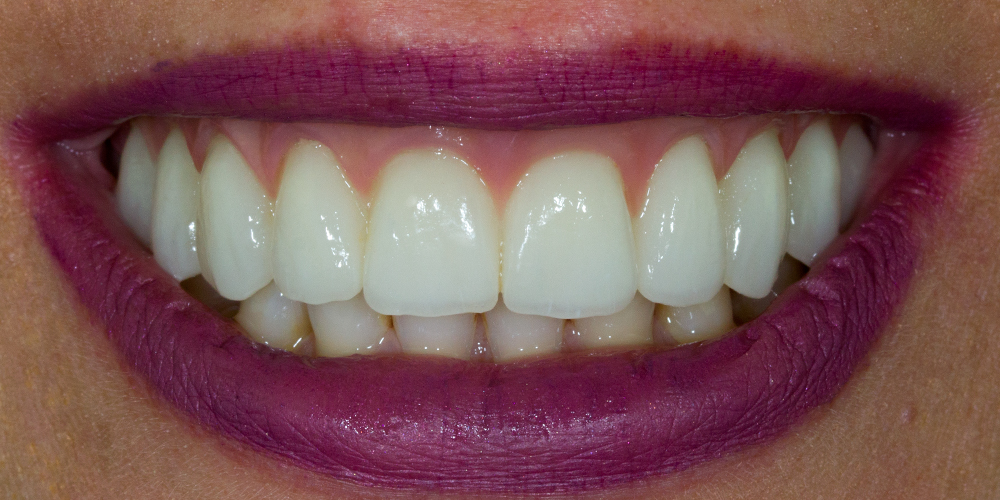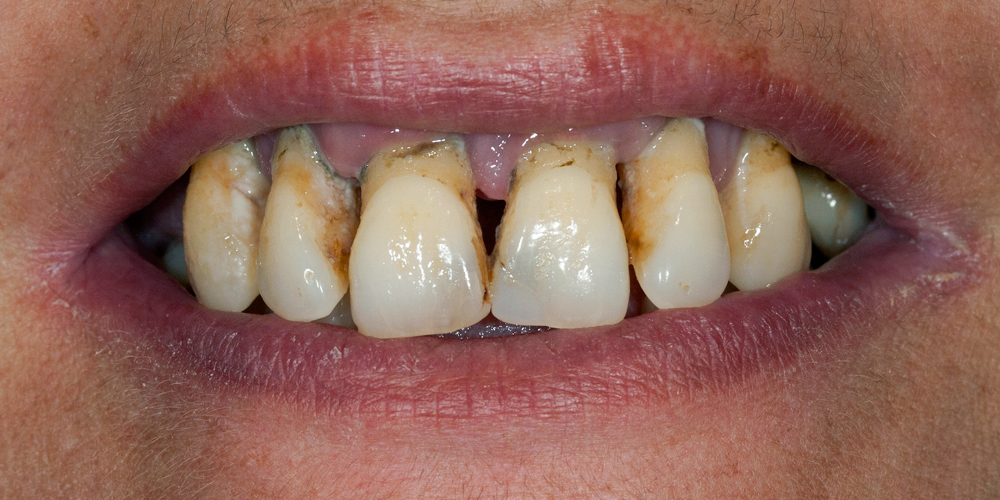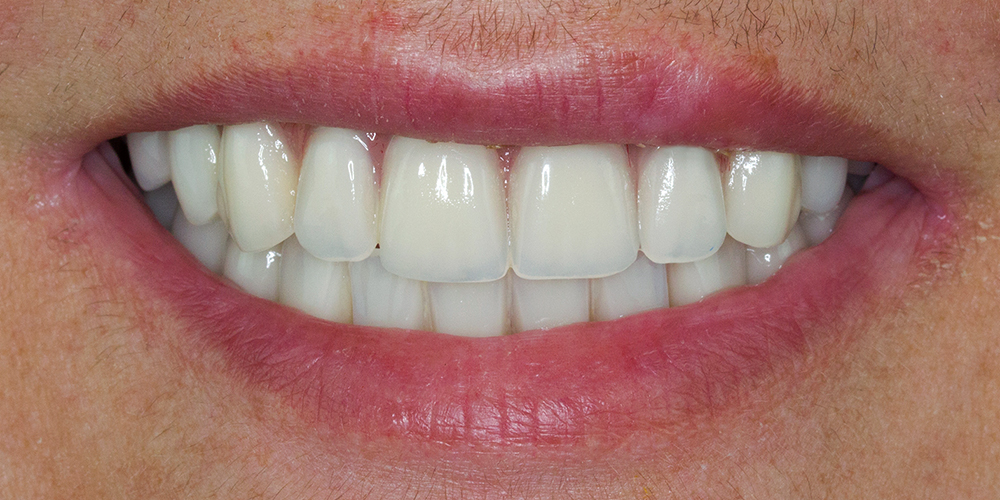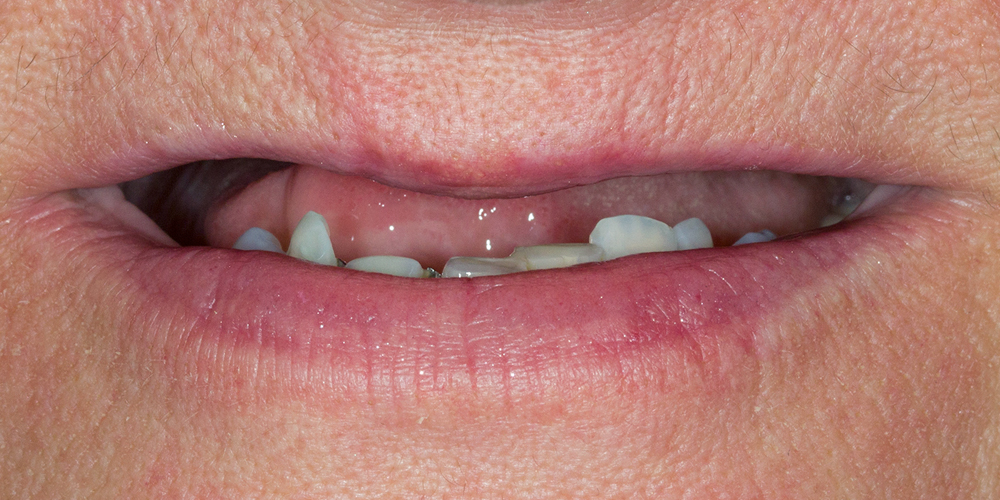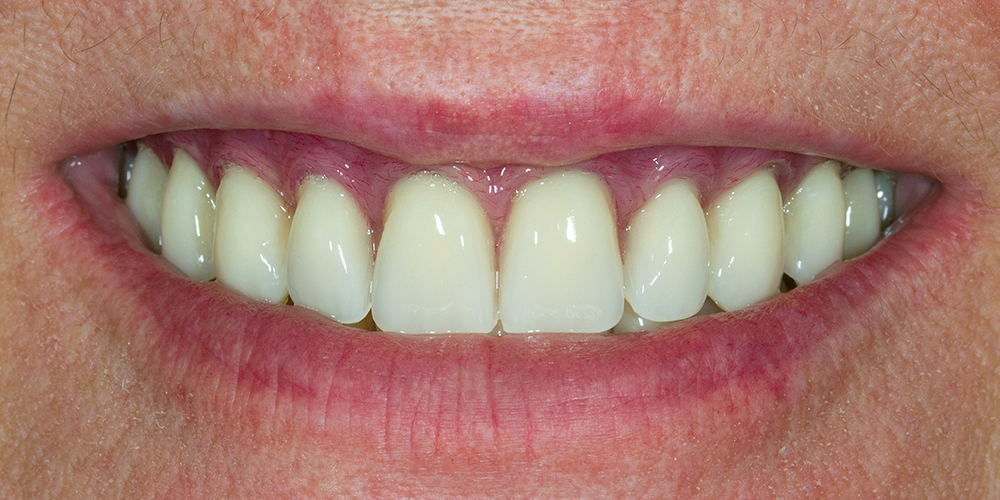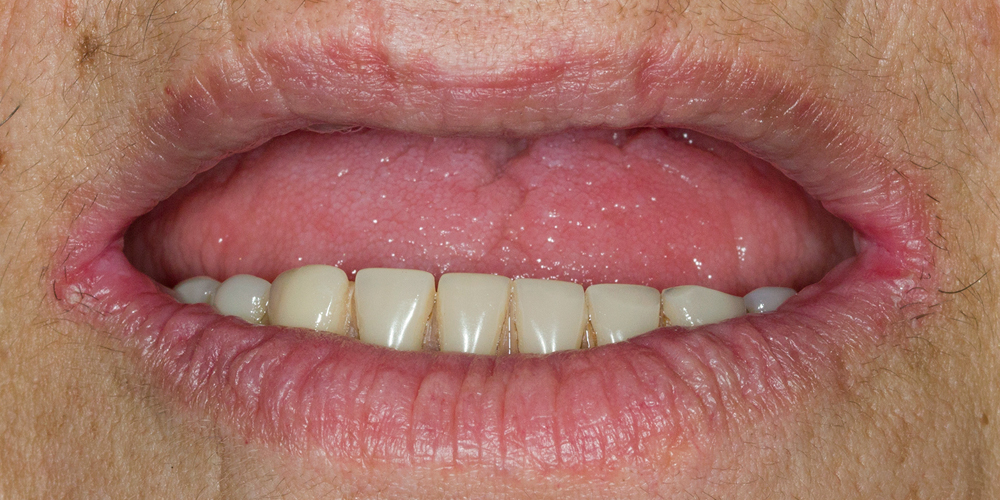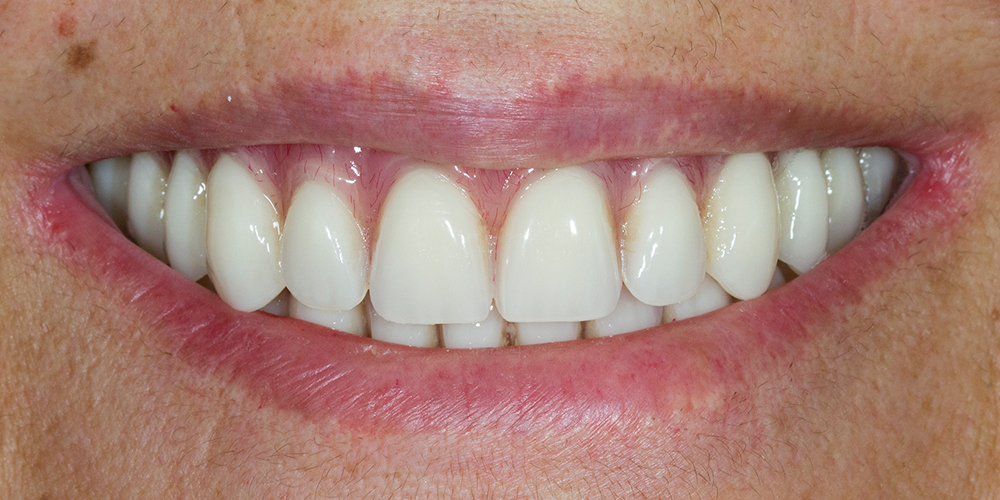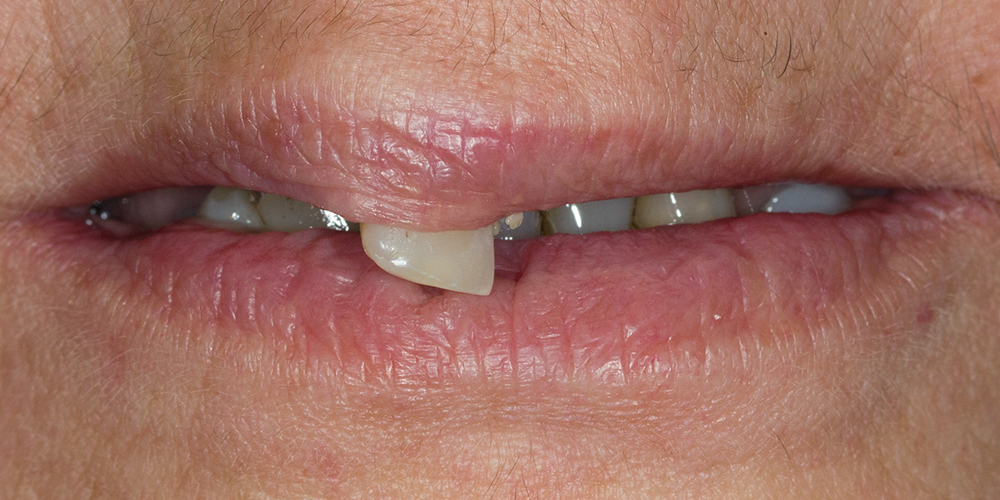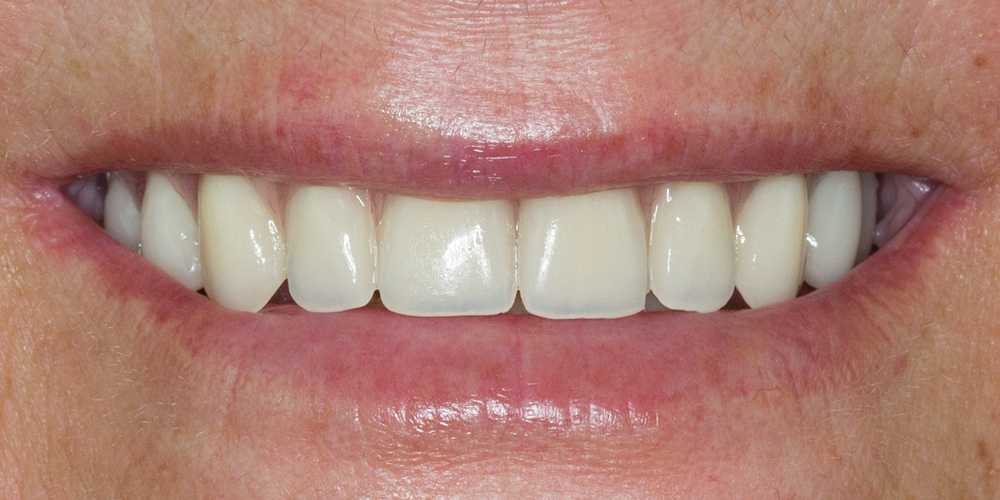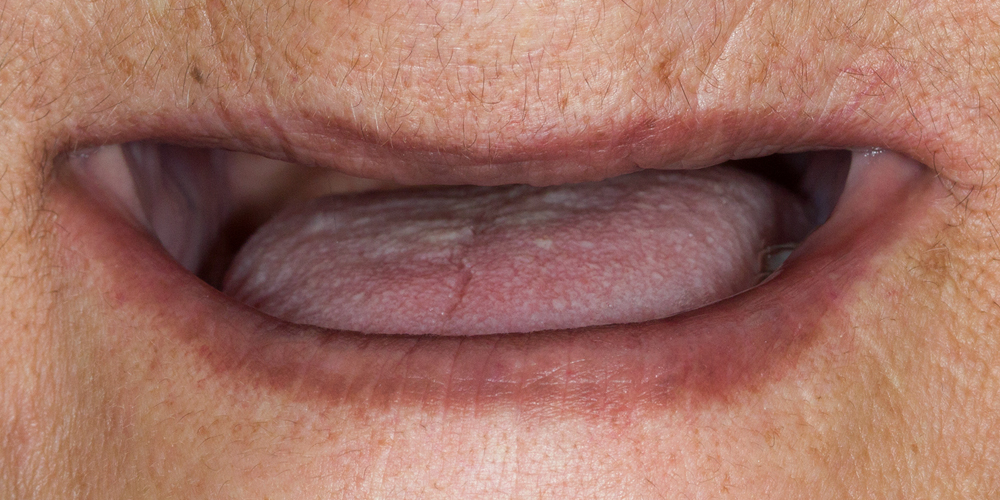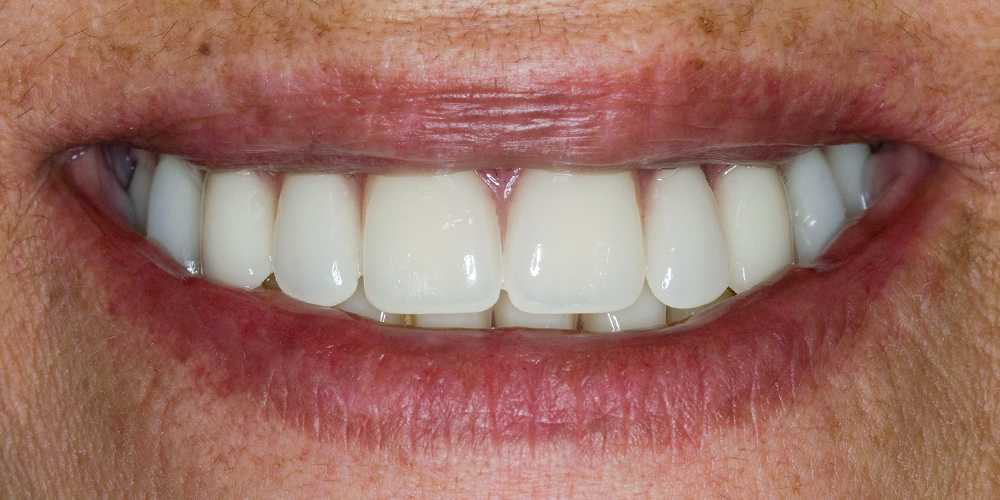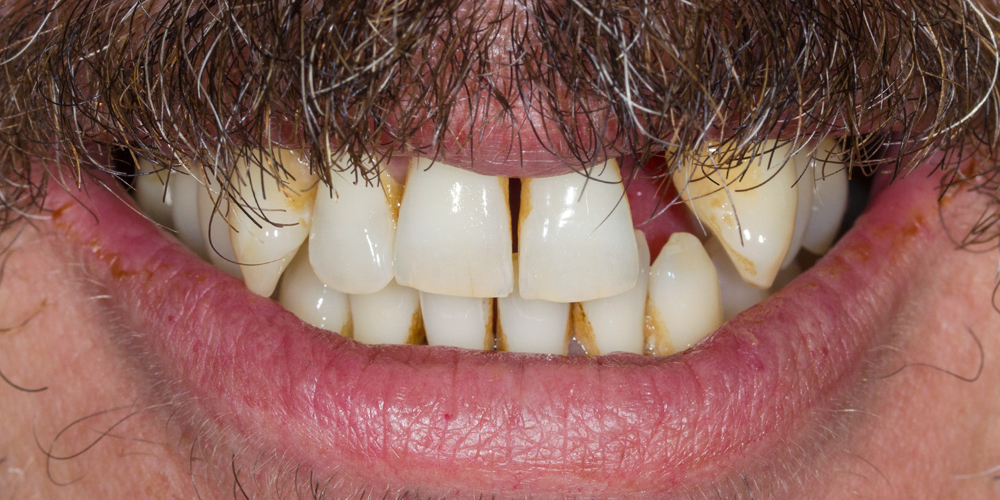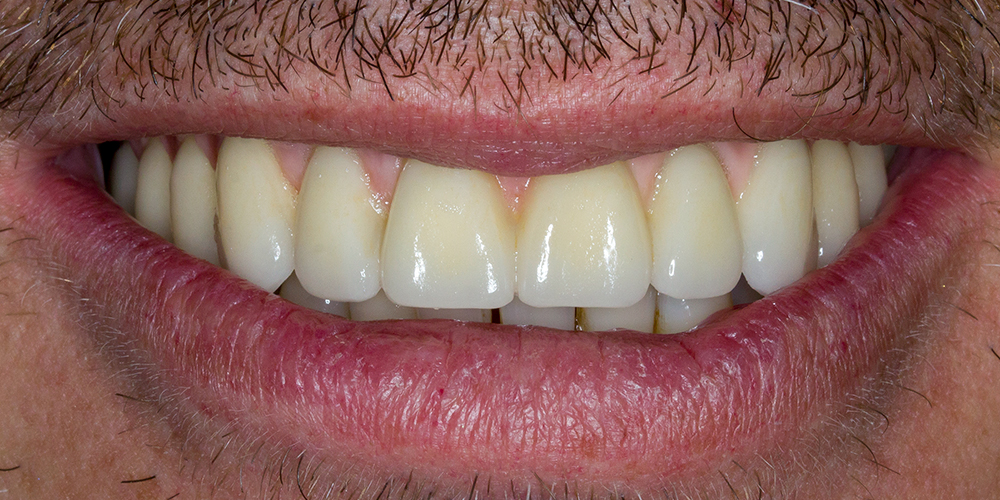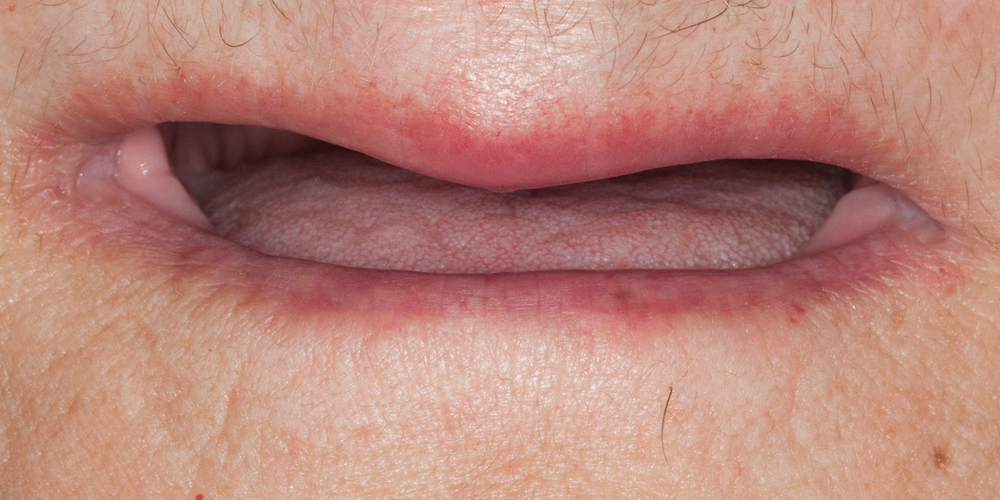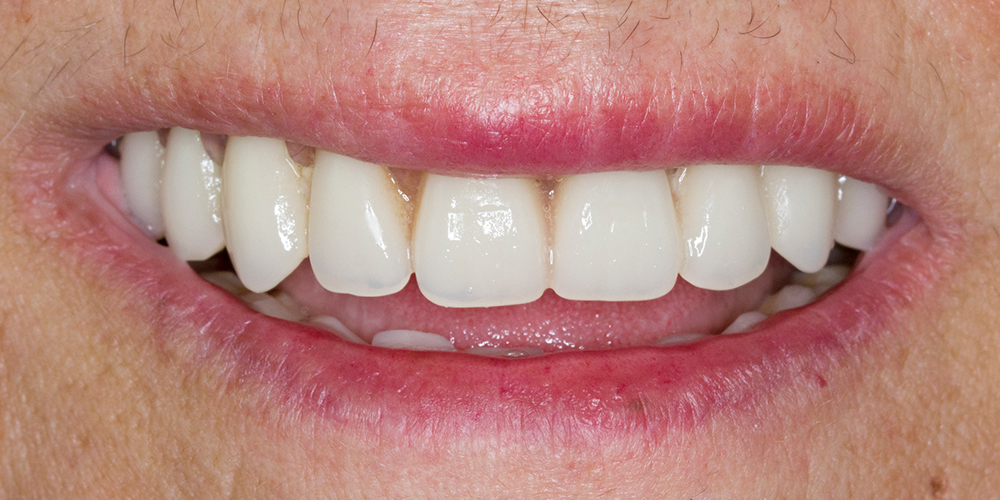Oral Rehabilitation
Fixed Prothesis
Oral rehabilitation using a fixed prosthesis can be done on natural teeth or on implants and its main objective is to recover tooth structure and / or missing teeth. In this way, it can be total when there is a need to recover the entire dental structure (crown) or partial when there is a loss of part of the dental structure (facets, onlay, inlay and overlay).
Its main advantages are comfort, due to the fact that it is fixed and in a way the most similar to natural dentition, not only for its resistance but also for its aesthetics, increasing the patient’s self-esteem and satisfaction.
It is possible to make a unitary fixed prosthesis (crown) or a bridge, in which the teeth adjacent to the place where the tooth was extracted, will serve as pillars to support a structure composed of 3 crowns. As already mentioned, in the absence of more dental pieces it is possible to place implants that will likewise serve as pillars to support a prosthesis on implants.
The cleaning of these prostheses is equally demanding, and in patients with bridges it is recommended to use a thread pass to clean the pontic area, in addition to the usual brushing, use of wire and toothbrush.
Situations where fixed prostheses are indicated:
- Absence of teeth;
- Correction of stained / darkened teeth or changes in shape;
- Correction of teeth alignment;
- Support for skeletal prostheses;
- Rehabilitation of extensively destroyed teeth.
The process of making these prostheses takes longer, requiring several consultations, as part of the work is carried out in the laboratory. During this process, temporary crowns are placed in the mouth (made from less resistant materials but with good aesthetics).
There are several materials available, such as: metal (chrome-cobalt, palladium), zirconium (white metal), ceramics, among others. Your selection is dependent on several factors that must be considered during the evaluation consultation with your dentist.
Removable Prosthesis
Removable dentures are devices that allow you to replace teeth, gums and bone. The loss of these structures can cause problems at the functional and aesthetic level, reducing the patient’s self-esteem.
These prostheses can be made essentially in two types of materials: acrylic and metal (skeletal). Acrylic prostheses are supported on the mucosa and the bony edge, and may have hooks that hug the teeth adjacent to the toothless places, helping in their retention. Skeletal prostheses have a large metal component and are supported by mucosa and teeth, they are more hygienic and comfortable because besides being less extensive, the dental support allows them to have more stability. The selection of the type of prosthesis should be carefully studied by your dentist.
The first approach with a prosthesis is always difficult as we start to have a foreign object inside the mouth. You have to learn to live with it, to chew and talk. These require a very strict oral hygiene care, with the exception of the first week of use, these should be removed during the night and placed in a glass with water and a specific product for cleaning the prosthesis. At the end of each meal, in addition to the usual brushing of the teeth, the patient must be careful to remove the prosthesis and wash it, so that it does not accumulate food scraps which, when in constant contact with the tooth, can later cause cavities.
The durability of the prosthesis is dependent on the patient’s own organism. As time goes by, they start to become looser and maladjusted, as our oral cavity also changes, and there may be loss of bone, gums and even teeth. When the changes are minimal, it is possible to make an overlap or add a tooth. If an accident occurs and the prosthesis breaks, it is also possible to make a repair, depending on the degree of fracture.
Dental veneers or contact lenses
Dental veneers are a kind of “cover for teeth” made in ceramic. They are permanently glued or cemented on the teeth, which are for this purpose, previously worn in a non-invasive or deep way.
Dental contact lenses have this name, due to their small thickness (0.2 to 0.5 mm), looking like a thin blade, they are considered essentially to correct aesthetic factors, as a general rule their application is made with purpose of changing the color or changing the shape or position of the teeth.
In this sense, aesthetic facets are indicated in patients who seek to increase their self-esteem, improving their visual appearance, because often due to shame or inhibition related to their dental aesthetics, they end up avoiding their own smile.
With the digital art DSD – Digital Smile Design, we can simulate your new smile before starting the treatment! This way you can have a perception of the shape and colors of the teeth, which best suit you.
Smiling in 12H
Have you always wished to have a dream smile or be able to smile again?
What if that was possible in less than 12h?

